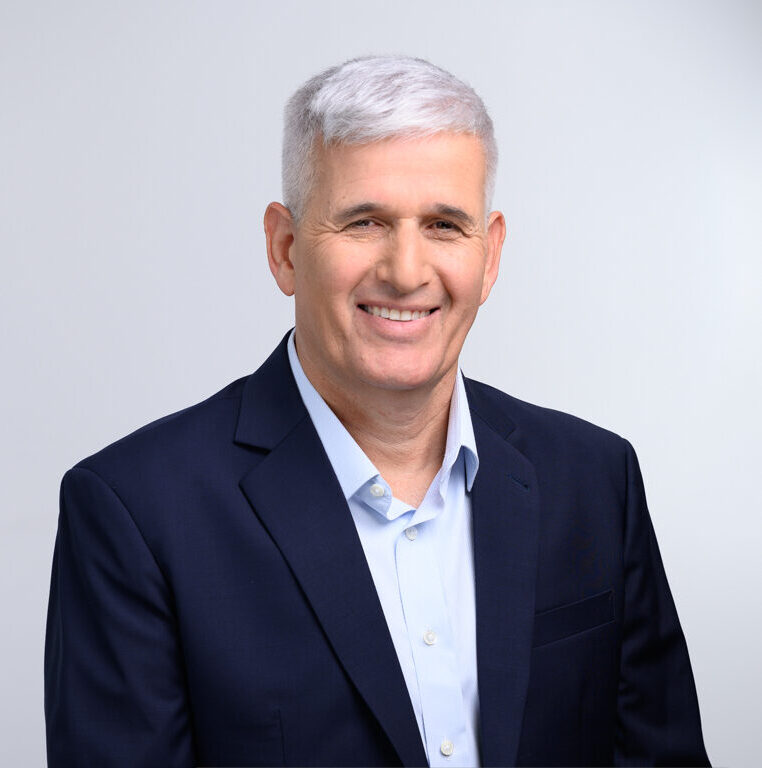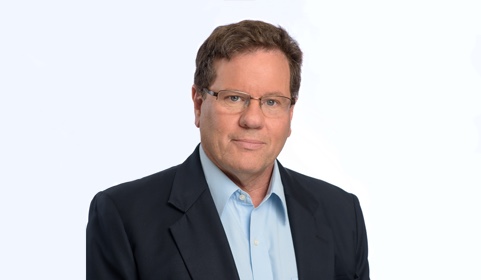Patent Eligibility of Software-Related Inventions in the US


On 16 August 2011, a precedential decision1 was issued by the US Court of Appeals for the Federal Circuit (CAFC), in the matter of Cybersource Corporation v. Retail Decision Inc. This decision clarified issues relating to patent eligibility of software-related inventions, under Section 101 of the US Patent Law2. The court made it clear that an invention that falls into the “abstract idea” category is not patent eligible and there is no need in such a case to apply the machine-or-transformation test for determining patent eligibility. The decision also clarifies that where a method claim is excluded from patent eligibility on grounds of being an abstract idea, then the mere formulation of such a method into a different statutory category, e.g. a so called “Beauregard” claim3, does not qualify it as a patent eligible invention.
Patent eligibility under US Patent Law is defined by Section 101. It has long been a question, dealt with in many decisions, as to the patent eligibility of software-related and business methods inventions. The matter came up before the US Supreme Court In the matter of Bilsky v. Kappos, decided on June 28, 20104. The Supreme Court ruled that the “machine-or-transformation” (M-or-T) test, established by the CAFC is a valid test for determining patent eligibility but is not the only one. That Supreme Court decision left the door open for patents on software and business method inventions. The Supreme Court in that case, concurring with the CAFC decisions, also ruled that mere abstract ideas are excluded from patent eligibility.
The specific patent in question in the Cyberscope case, discussed in this newsletter, was US Serial No. 6,029,154 directed to method for detecting fraud in internet credit card transactions. That patent has three claims of which Claims 2 and 3, the former being a Beauregard claim and the latter a method claim, were at issue. That claim 3 reads as follows:
3. A method for verifying the validity of a credit card transaction over the Internet comprising the steps of:
a) obtaining other transactions utilizing an Internet address that is identified with the credit card transaction;
b) constructing a map of credit card numbers based upon the other transactions and;
c) utilizing the map of credit card numbers to determine if the credit card transaction is valid
None of the three steps of the methods makes reference to a computer or an algorithm operating in the computer. Claim 2 (which is a Beauregard claim) defines a computer-readable medium that contains a program with instruction for a computer to carry out that method.
In rejecting Claim 3, the CAFC noted that the method steps “can all be performed in the human mind. Such a method that can be performed by human thought alone is merely an abstract idea and is not patent-eligible under § 101“.
It was also noted that these steps are “insufficient to meet the transformation prong of the [M-or-T] test“, and as worded, the use of a machine is not mandated by the claim. It was concluded that the claim was only an “application of human intelligence to the solution of practical problems” and methods that can be performed entirely on the human mind are unpatentable. Claim 3 was in principle “an unpatentable mental process – a subcategory of unpatentable abstract ideas“, and, thus, not a statutory subject matter under §101.
The decision hinted that had Claim 3 recited specific algorithms or computer-designated instructions, it would have been patentable.
Insofar as Beauregard claims are concerned, it has long been believed that such claims are patent eligible by the mere recitation of a computer readable medium. In rejecting Claim 2, the CAFC clarified that this is not necessarily the case, and noted that “merely claiming a software implementation of a purely mental process that could otherwise be performed without the use of a computer does not satisfy the machine prong of the machine-or-transformation test“. In other words, patent eligibility of a Beauregard claim should be determined by patent eligibility of the underlying invention, which in the present case is the process defined in Claim 3.
While not dealt with specifically, it nonetheless appears that this CAFC decision elevates the bar for patent eligibility of business methods.
The bottom line is that insofar as computer-implemented inventions are concerned, inventors, owners of inventions and practitioners should take extra care to recite computer designated instructions and not merely abstract concepts.
1 By a 3-judge panel. Such a decision, albeit being precedential, can nonetheless be revered even by a different panel of the same court.
2 35 U.S.C. 101 Inventions Patentable.
Whoever invents or discovers any new and useful process, machine, manufacture, or composition of matter, or any new
and useful improvement thereof, may obtain a patent therefore, subject to the conditions and requirements of this title.
3 A type of claim first dealt with, accepted and named after In re Beauregard, 53 F.3d 1583 (Fed.Cir.1995).
4 See our Sep. 2010 newsletter entitled “Bilsky Decided at Last: Back to Business as Usual”.
This article is provided for general information only. It is not intended as legal advice or opinion and cannot be relied upon as such. Advice on specific matters may be provided by our group’s attorneys.
